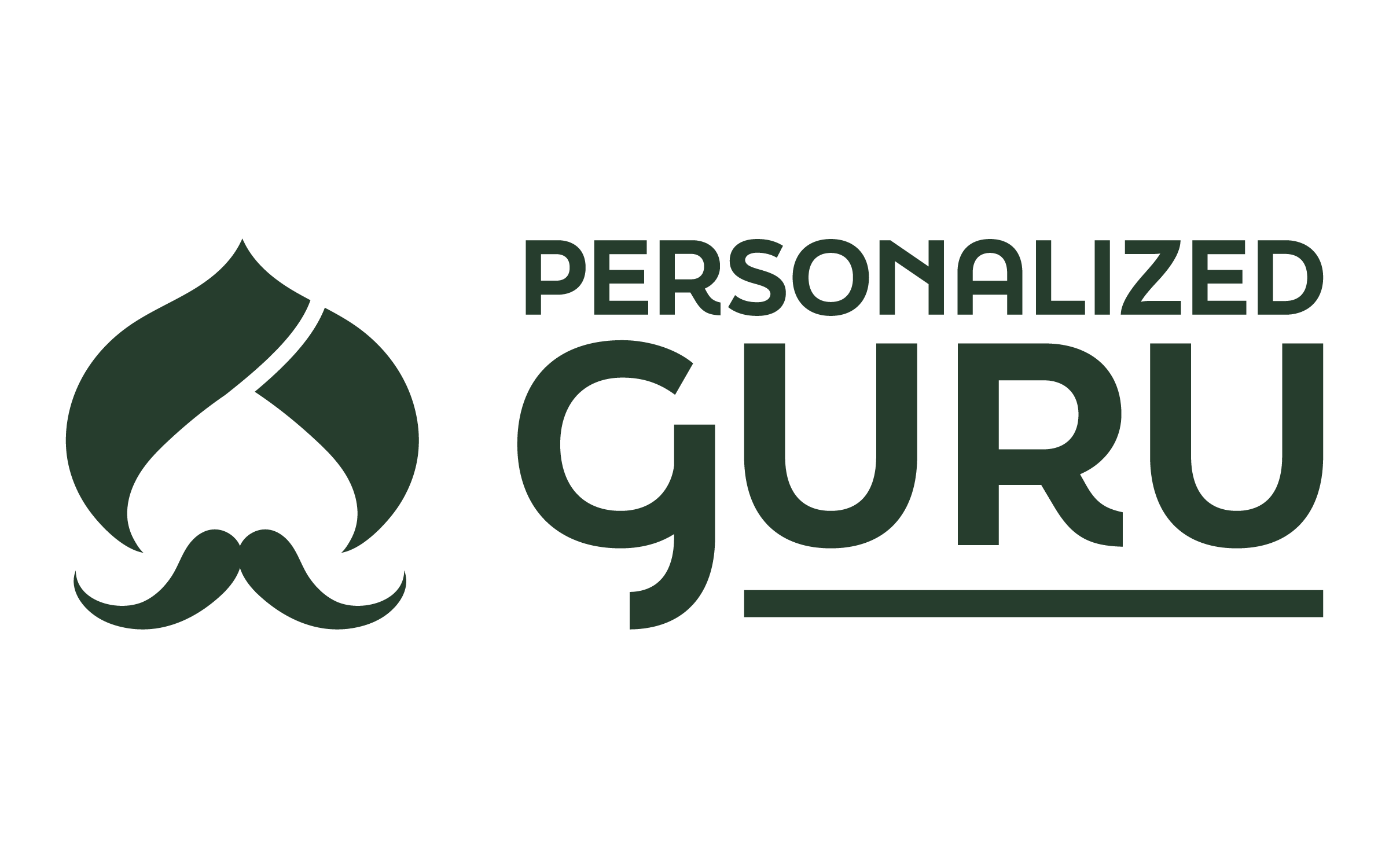A hardwood cutting board is not just a kitchen essential; it’s a beautiful, functional piece that can last for years if cared for properly. Whether you’ve invested in a walnut, maple, or red oak cutting board, proper maintenance will ensure that it remains in excellent condition, maintaining both its appearance and functionality. In this post, we’ll guide you through the best ways to clean, maintain, and protect your hardwood cutting board.
1. Clean Your Cutting Board Properly After Each Use
Proper cleaning is the first step in maintaining a hardwood cutting board. While hardwood boards are naturally resistant to bacteria, they still require regular cleaning to prevent stains, odors, and contamination.
- Hand Wash Only: Never put your hardwood cutting board in the dishwasher. The high heat and harsh detergents can warp or crack the wood. Instead, wash the board by hand with warm water and mild dish soap.
- Use a Sponge or Cloth: After washing, use a soft sponge or cloth to gently scrub the board, making sure to remove any food particles. Avoid using abrasive scrubbers as they can scratch the surface.
- Rinse Thoroughly: Make sure to rinse all soap off the board to prevent it from soaking into the wood.
- Dry Immediately: After washing, pat the board dry with a clean towel and allow it to air dry standing up or on a drying rack. Never leave it soaking in water or laying flat on a wet surface, as this can cause warping.
2. Disinfect the Cutting Board Naturally
While soap and water are usually enough to clean your cutting board, it’s a good idea to disinfect it every once in a while, especially after cutting raw meat or other perishable foods.
- Vinegar Solution: Mix equal parts water and white vinegar, then use a clean cloth or spray bottle to apply the solution to the board. Let it sit for a few minutes before rinsing with warm water.
- Lemon and Salt: For extra freshness and odor removal, sprinkle coarse salt over the board and rub it with half a lemon. The salt acts as a mild abrasive, while the lemon neutralizes odors and disinfects the board. Rinse well afterward.
3. Condition Your Cutting Board Regularly
One of the most important aspects of maintaining a hardwood cutting board is regular conditioning. Conditioning keeps the wood moisturized, preventing it from drying out, cracking, or absorbing too much water.
- Use Food-Grade Mineral Oil: Apply a generous amount of food-grade mineral oil to your clean, dry cutting board. Spread it evenly across the surface using a clean cloth or paper towel.
- Let It Absorb: Allow the oil to soak into the wood for several hours or overnight, depending on how dry the board is.
- Wipe Off Excess: After the board has absorbed the oil, wipe off any excess with a clean cloth.
- Frequency: You should oil your cutting board about once a month, or more often if it starts to look dry or faded.
4. Avoid Exposure to Extreme Conditions
Wood is a natural material that can expand, contract, or warp when exposed to extreme conditions. To keep your hardwood cutting board in optimal shape, follow these tips:
- Keep It Dry: Never leave your cutting board soaking in water or exposed to excessive moisture. This can cause the wood to warp or crack.
- Avoid Heat: Don’t place your cutting board near heat sources such as stovetops, dishwashers, or radiators. Heat can cause the wood to dry out and crack.
- Store Properly: When not in use, store your cutting board upright or in a well-ventilated area to prevent moisture buildup and ensure proper air circulation.
5. Sand Out Scratches and Stains
Over time, your cutting board may develop small scratches, stains, or knife marks. Fortunately, these can often be fixed with a light sanding.
- Sand the Surface: Use fine-grit sandpaper (220 grit) to gently sand the surface of the board in the direction of the wood grain. This will smooth out scratches and remove stains.
- Clean and Recondition: After sanding, clean the board with warm water and mild soap, then reapply food-grade mineral oil to restore its finish.
6. Use Separate Boards for Different Foods
To keep your hardwood cutting board in the best condition, it’s a good idea to use different boards for different types of food. For example, use one board for raw meats and another for fruits, vegetables, or bread. This practice not only extends the life of your board but also helps prevent cross-contamination in your kitchen.
Final Thoughts: Protect Your Investment
A high-quality hardwood cutting board is an investment that, with the right care, can last a lifetime. By following these simple care tips—cleaning properly, conditioning regularly, and avoiding exposure to extreme conditions—you’ll ensure that your board stays in great shape for years to come.
Taking the time to care for your hardwood cutting board not only preserves its beauty but also enhances its functionality, giving you a kitchen essential you’ll love using day after day.



















